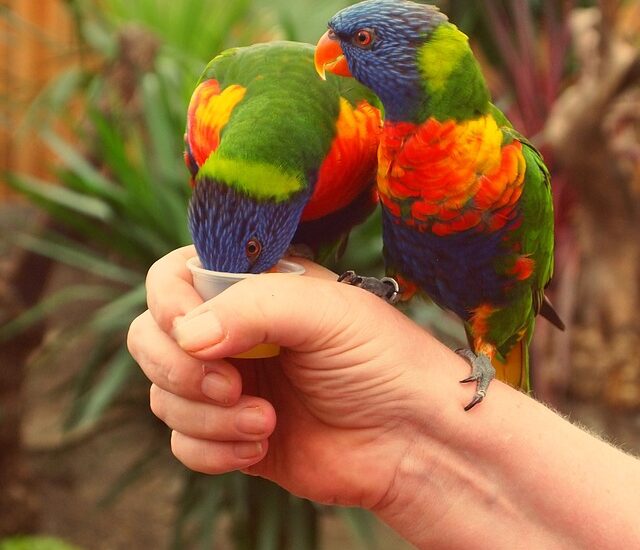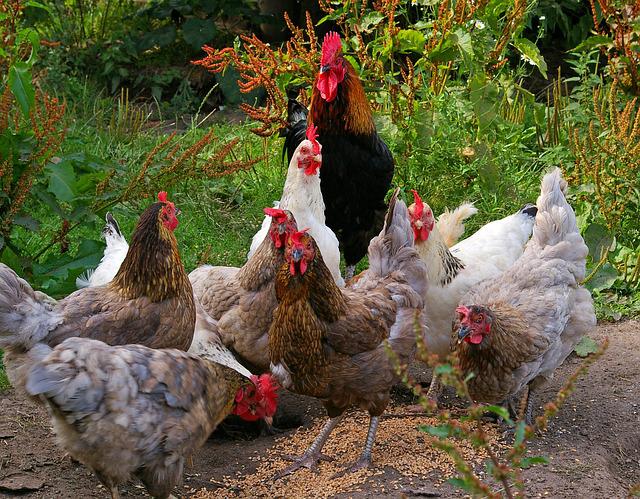Are Finches Good Pets? A Closer Look
Most of the finches kept as pets belong to the Estrildidae family of passerine birds, they have an average length and size similar to that of a sparrow and a life span of 6-10 years. Different species of finches have a varying-colored coat, all of them awe-inspiring and entices any bird enthusiast to take the finch home with them, if they happen to stumble upon them in a pet shop but before bringing any pet home, you should first consider whether you will be able to take care of its need and more importantly, is the pet what you are looking for in your animal companion.
Finches will make an ideal pet for people who do not want a demanding pet with whom they must spend hours each day grooming and caring for; rather, they are suitable for people who want to admire their animals from far away. If you are planning on keeping finches, there are certain initial preparations you need to do but after they have settled in you will have little to do other than feeding them daily and cleaning their cage ever so often. In this article, we will look over all the stuff needed to take good care of finches, so by the end of it, you can decide whether finches are a good pet for you
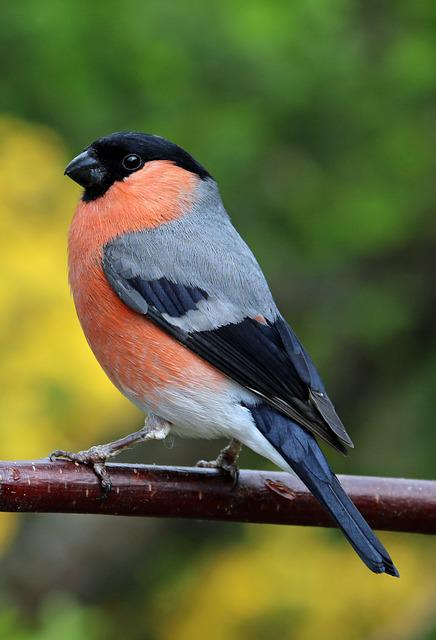
Taking Care of Finches
Finches are essentially low-maintenance pets, you just have to provide them with an appropriate habitat, enriched with entertaining objects, feed them daily, make sure that they are not being disturbed by any external stimuli like cats or dogs in your home, and most importantly provide them with companions to keep them healthy and content. If you do all of these things for your feathered companions you will have a happy bunch of finches on your hand, chirping and flitting in their cage, a beautiful sight to distract you from worries at the end of a stressful day at work or school.
Feeding Finches
· Finches need to be fed daily; although they do not eat a lot, they need a healthy and well-balanced diet. They have a fast metabolism; thus, they tend to digest things quickly and end up being hungry quite soon after eating. That is why food needs to be always present in their cage. Finch’s diet consists of seeds, like hulled thistle (Nyjer), sunflower, millet, and flax seeds, as they contain fats that are important for the tiny finches.
· Other than the seeds, finches’ diet should also include fresh fruits and vegetables for them to get the essential vitamins and nutrients, things you can feed them include spinach, bananas, carrots, green leaves, pear, pumpkin, or any other fresh item you can easily find in your area. Before giving them any stuff other than their feed, you should slice it into tiny pieces so it’s easier for your finch to eat with its tiny mouth, and always remember to remove any leftover fresh item before it starts to decay in the cage and causes bacterial growth.
· If your finch has diarrhea, it can be because of too many fresh fruits and vegetables in its diet, and you need to cut down its fresh fruits and vegetable consumption. Finches also need vitamin supplements, which can be easily mixed into their food, and treats like millet spray to keep your finch happy and in good spirits.
· Finches that are laying eggs need more protein and calcium in their daily diet, that is why, you should add boiled eggs, cheese, and worms like mealworms and waxworms, whether dead or alive, in their daily diet. Your feathery pets also require water to be always present in their cage. Their water bowl should be washed daily and filled with clean water to prevent any bacterial or fungal growth. You can also include a birdbath in their enclosure as finches are a huge fan of birdbaths, especially during summers, when they bathe to cool their tiny bodies.
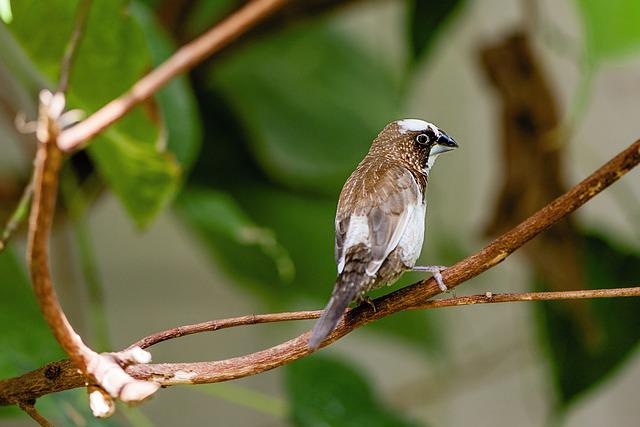
Housing Finches
Since finches are flight birds, they require a large cage in which they can fly freely. Although an adequate height of their enclosure is important, the length and the width of their cage are more significant. When buying a cage for finches, you need to aim for a vertical enclosure rather than a horizontal one. The larger their enclosure is, the happier the birds will be, as they spend most of their time in the cage.
Their cage needs to be placed a bit above the ground where overly inquisitive pets, like cats and dogs, or children won’t disturb the finches’ peace. Their enclosure should not be kept outside or in any place where it is drafty or has a temperature above 80-degree Fahrenheit or below 60-degree Fahrenheit. They need sunlight during the day and complete darkness at night, which can be easily accomplished by covering their cage with a thick cloth when it is time to sleep.
Things they need in their cage are:
· Perches – are of vital importance in your bird’s enclosure, as gripping the perch helps exercise finches’ feet and prevent any sores from forming on their feet. The perches you keep in the cage should not be so thick that your bird can’t grip them or have a rough texture that damages the finch’s feet. The ideal perch would be a natural perch from trees like maple, cherry, or elm. You should place several different types of perches in their enclosure, having varying textures so that your bird can exercise its feet better.
· Toys – finches don’t need toys to chew on; rather, they enjoy things like bells, which they manipulate with their beaks to create sound, and mirrors placed in their cage. Some finches also like to chew on fabric or leather, which you can provide them, ensuring that they don’t fray and get stuck in their throat. You can also place tiny ladders or swings in their cage as the birds like hopping on them.
· Food and water bowls – should be cleaned regularly and their placement in the cage should be in such a manner that the bird’s dropping doesn’t contaminate it. The food and water bowls should not be placed under the perches or swings as in those places there will be a higher chance of droppings falling in them.
Several toy options are easily available at pet stores but since the finches have a short attention span you should not place all their toys in the cage at the same time, rather alternate between placing the toys you have so the finches don’t get bored of their toys.
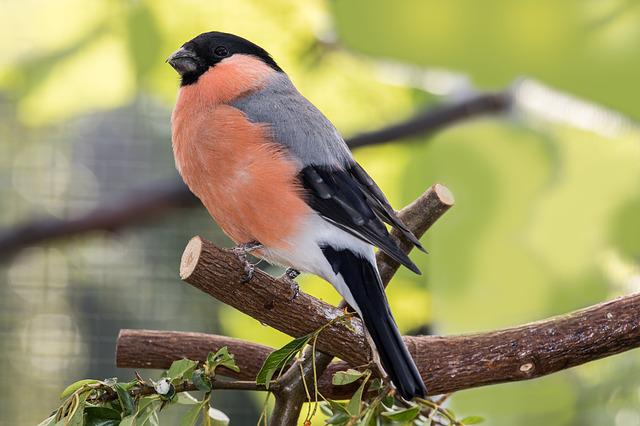
Handling A Finch
Finches don’t like to be handled by humans, they prefer the company and touch of their own mates. What you can do to make them used to you over time, is talk to them in a slow voice, don’t make any sudden motions, and try to hand them treats with your own hands that way with time they will come to regard you as less of a threat but you still should not hold your breath hoping for the finches to hop on your hand one day as that is highly unlikely, the only rare chance of that happening is if you hand-reared the finch from the beginning.
By gaining the trust of your finch in such ways, it will be easier for you to clean its cage, feed it and handle the feathery birds when you have to move it for any reason. Moving the finches from one cage to another or moving their own cage to another part of the house can be traumatizing for the finches and will take some time to get used to the new environment. These docile creatures aren’t meant for rough handling and can be seriously injured if grabbed in the wrong way or with too much force.
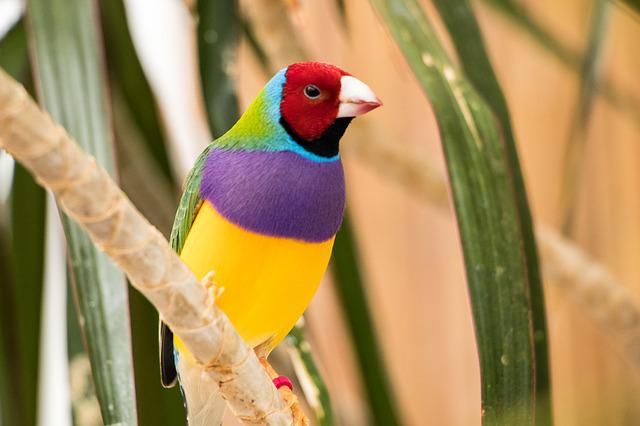
Personality And Behavior of Finches
Finches are social animals; they need the company of other finches to be content in their cage. Before choosing a companion for your finches, there are several things to consider, some species of finches are aggressive towards other species of finches so you need to consult an Avian expert before releasing more finches in the cage, similarly adding only one new finch can cause problems too, as the new finch might be treated as an outcast by the other finches and bullied, thus, finches should only be added in pairs.
If you are not prepared to take care of new finches, you should not house both the male and female finches together. Although, if you want your finches to procreate, you should add nesting material to their cage as that increases the chances of them laying eggs. If you don’t want new finches, you can keep same-sex finches, whether males or females, as they can live together peacefully, granted that they are from the same species as different species of finches can be aggressive towards each other.
Never house finches and other birds, like parrots or cockatoo, together as the bigger birds can injure the tiny finches or terrorize them causing them unwanted anxiety and destroying their peaceful lives. You should not crowd the finch’s enclosure either, by keeping too many finches in a small cage, as that can cause finches to be agitated.
Common Medical Problems of Finches
Before adopting a bunch of finches, you should make sure that you have an avian-expert vet nearby who can look at your finches in case a problem arises. Finches, like many other birds, have a sensitive respiratory system that can be triggered by minor things like air freshener, smoke, or mold that might have developed in their cage due to poor hygiene. An unhealthy finch will likely be lethargic, silent, sitting by itself with its feathers fluffed up, have a poor appetite, and may be wheezing or have nasal discharge.
- Finches need a yearly check-up as well as their nails trimmed every few weeks to a month by a professional to avoid injury. Unlike larger birds like peacocks, finches should not have their wings clipped as it is a high-risk procedure and not recommended.
- Finches can suffer from diarrhea, passing loose stool, it might be because of intestinal parasites, bacterial or viral infection, or simply because of a change in its diet. If diarrhea persists, they need to see the vet.
- Finches can get air-sac mite infection – caused by the mites which over time can cause complete blockage of the airway. Finches suffering from this infection have trouble breathing, they can be seen breathing with their beaks open, and are agitated. In case of this infection, they need urgent medical attention. To prevent any type of mite infection in the finches, their cage should be kept clean and dry.
- Bumblefoot – is an infection on the bottom of the feet of the finch, that causes inflammation, redness, and overall discomfort to your bird. It is caused primarily because of the sluggish bearing of the finch, and for its cure, you need to add textured perches to the finch’s cage so it may exercise its feet.
- Overgrown beak – finches can suffer from an overgrown beak that makes it difficult for them to grab things and eat, you should not attempt to trim it by yourself as you may end up trimming it too short or hurting the finch, the best approach is to take it a vet who can safely trim the enlarged beak

